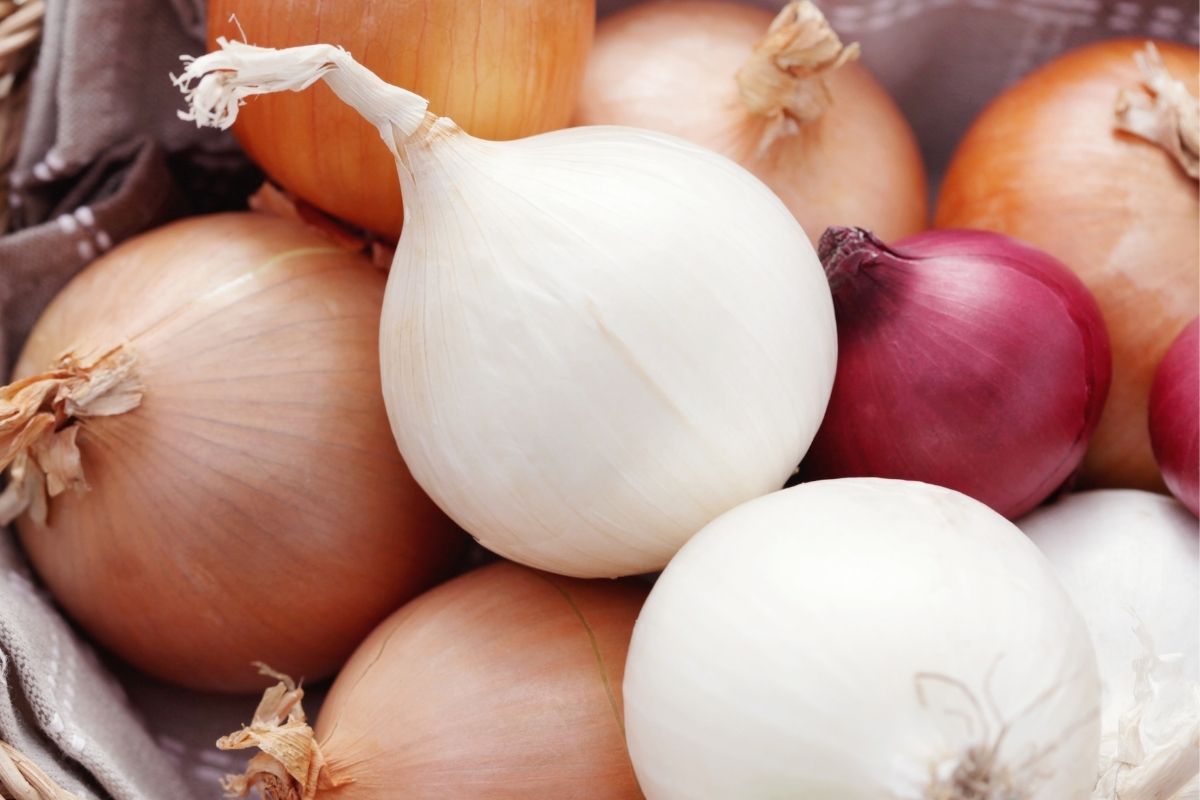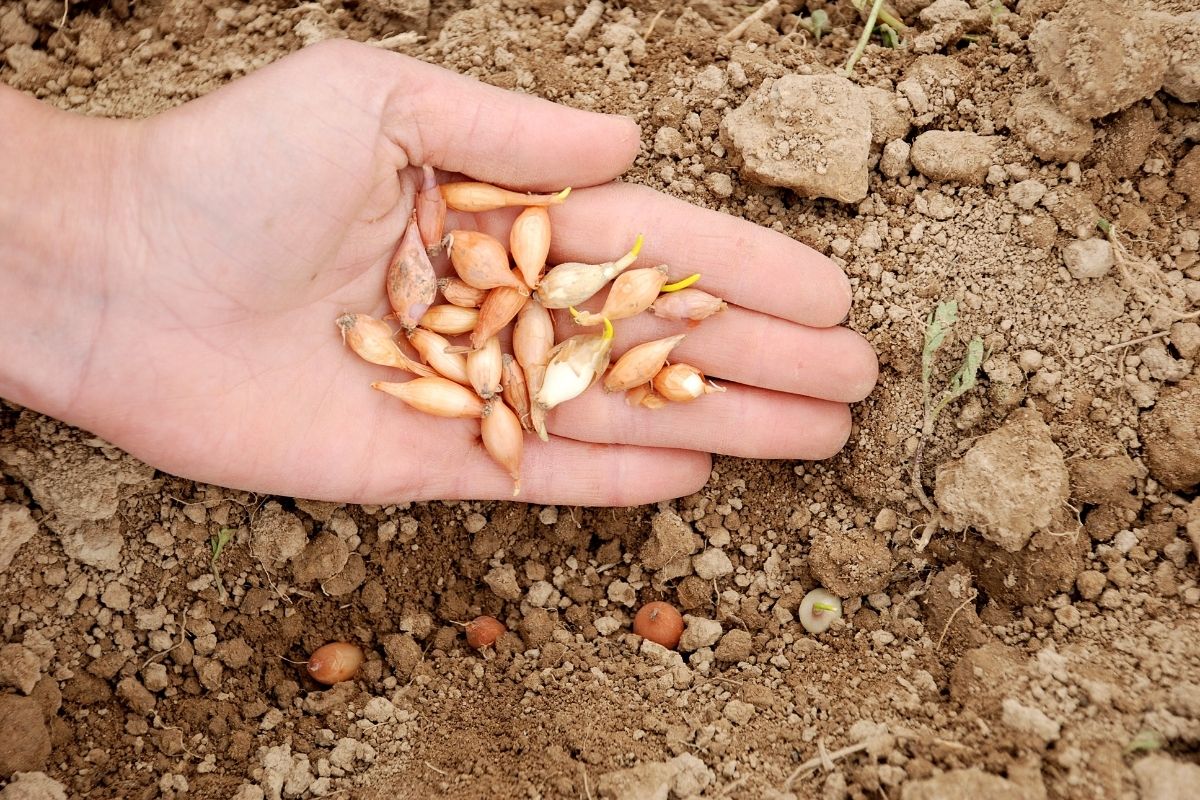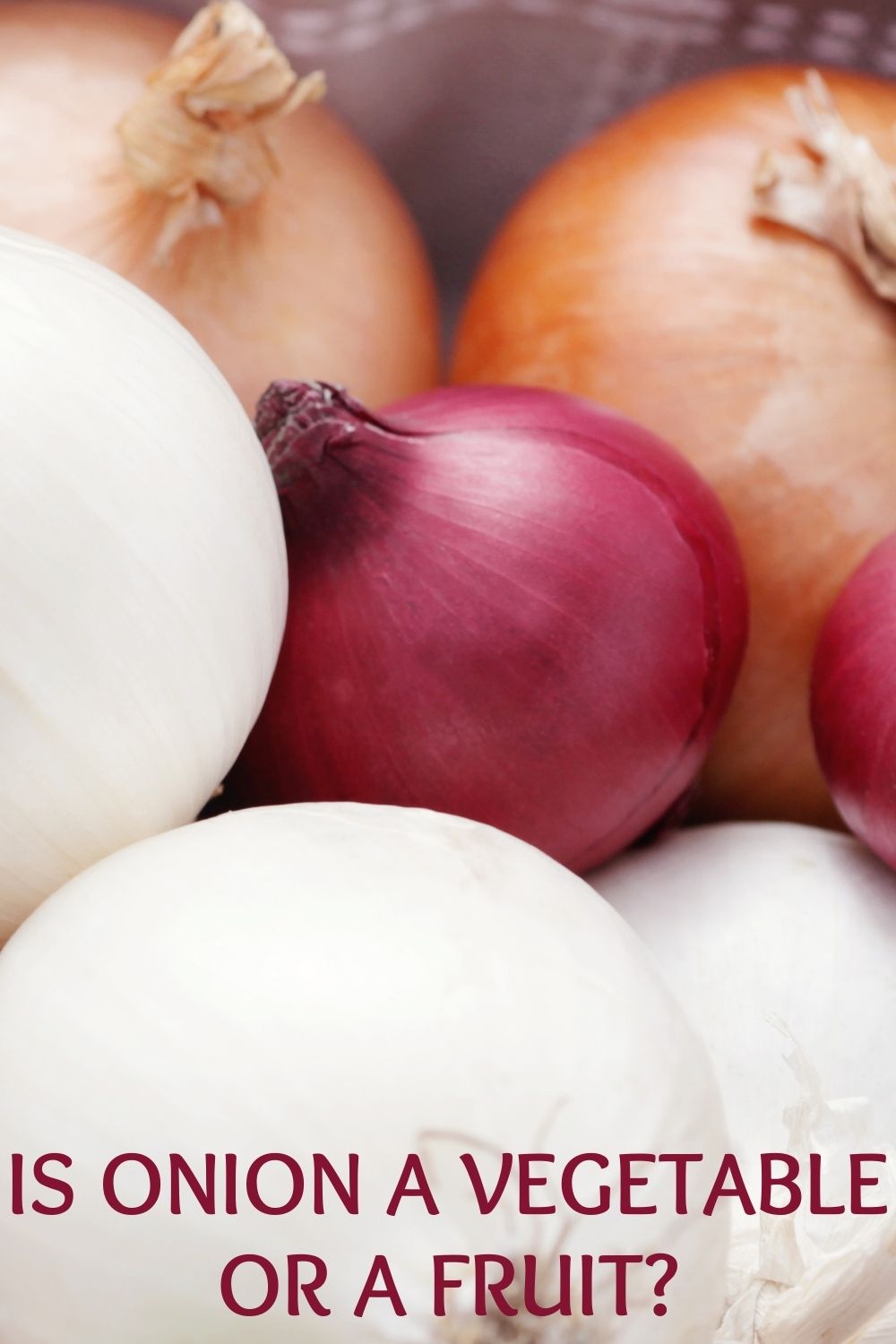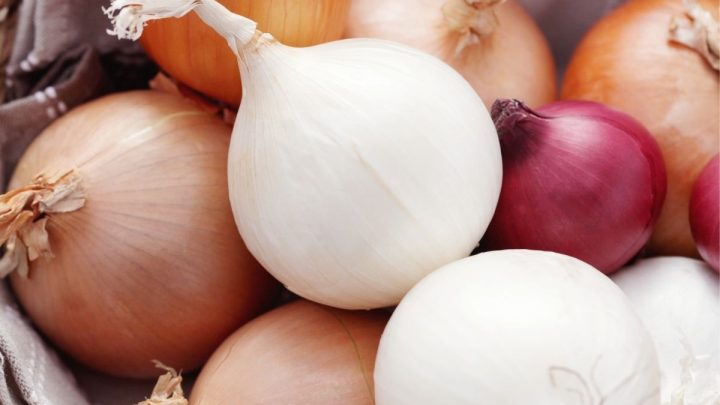Is onion a vegetable? Anyone who’s ever cooked before has first-hand experienced the difference an onion can make to a dish, although it is not the most convenient to cut and prepare. However, the onion bulb has often been questioned regarding its authenticity as a vegetable, and with good reason. There are various arguments regarding this debate, but ultimately the truth resides on one side.
The allium is a grass-like flowering plant that includes species such as scallion, shallot, leek, chives, and, most importantly, the cultivated onion. Since the onion is an edible part of the plant, specifically the bulbs, and bears no seeds, it is considered a vegetable.

When considering the answer above, it might seem simple why onions are vegetables and not fruits. Still, the confusion regarding its genuineness is not as irrational as one might think. Although vegetables and fruits have specific definitions regarding their traits and characteristics, there are exceptions to the rules that make classifications quite interesting.
Let’s explore this in more detail.
Why Is An Onion A Vegetable And Not A Fruit?
What makes an onion a vegetable? The simple answer might be due to its savory flavor. We expect fruits to be sweet. However, there is more to it than this. We need to look into the scientific definition of vegetables and fruits to understand how the onion plant is classified.
Vegetables and fruits have a lot of characteristics in common, but they do differ on some vital parts. To understand why onions are not considered a fruit, we must look at these differences. First, we can start with the definition of fruit and vegetable to grasp their differences.
According to the botany classification, fruits are a structure in flowering plants that bear seeds and are formed from the ovary after flowering. This differs from vegetables which are the edible part of the plant itself. Vegetables are the portion of the plants that can be eaten, such as leaves, stems, roots, tubers, bulbs, and even flowers.
An onion is a bulb that is part of the species derived from the allium. It’s among more than 260 different species that are edible parts that derive from the plant. Since the bulb does not come from the plant’s ovaries, it does not contain seeds and therefore cannot be considered a fruit.
The onion bulb consists of a short, compressed stem surrounded by fleshy modified scale, also known as leaves, which are firmly rooted underground. Although onions can be grown from the seeds of an onion plant, the onions themselves do not contain seeds within them to plant.
According to botanists, there is a distinction between true roots like tuberous roots and non-roots like bulbs; however, the term “root vegetables” refers to both of these examples in agriculture. Onions are categorized as bulbous plants that store their nutrient underground, and because of this, it is acceptable to refer to onions as root vegetables.
Therefore, even though onions do share some similarities with other fruits, it does not come from the plant’s ovaries when flowering and do not contain any seeds; as such, it is considered to be a vegetable.
Why Is There Confusion Regarding The Onion?

The valid question on anybody’s mind would be where the confusion started? If onions have always been the edible part of the plant and produced by farmers as a vegetable, why did people consider that they might be fruits?
Onions bulbs can be grown and reproduced by their bulbs which is an exception to the rule of most vegetables but a quality of all fruits, which produce more fruits by their seeds.
However, onions do not have seeds and can only be reproduced by their bulbs, which is not the necessary characteristic to be classified as a fruit.
Onions seeds develop from the flower of the onions plant but are pretty rare and only produce seeds every two years. This makes planting onions very difficult, but thankfully, onions can also reproduce asexually.
Asexual production can reproduce without flowers, a gamete, or even male and female cells. Vegetative reproduction and reproduction without seeds both use one cell to produce new plants. Vegetative reproduction refers to plants that are formed at the tip of the stem from the mother plants.
The types of vegetative reproduction
The four types of vegetative reproduction are root vegetables, stolons, rhizomes, and bulbs.
- Root vegetables, like potatoes, are stems underground that store nutrients.
- Stolons, like strawberries, are stems that grow horizontally with the floor, and once they make contact with the floor, the roots form new plants.
- Rhizomes, like Populus, are similar to stolons, but they grow underground.
- Finally, bulbs, like onions, are underground stems formed by the fleshy leaves that store nutrients.
Production without seeds is well documented among vegetables and has been mastered for years to harvest without waiting for the primary plants to flower. However, this ability alone does not qualify them to be classified as a fruit.
Yellow onions vs green onions
What is the difference between yellow and green onion varieties? Which types are sweet onions? Are sweet onions still a vegetable?
It’s understandable if you have many questions about onions and the different types. Yellow onions are often called sweet onions although only some varieties are actually sweet in flavor. Sweet onions have more sugar than other types of onions. They are still vegetables, however.
Some varieties of white onions include Texas Early White and White Sweet Spanish. Some yellow sweet onions are Big Daddy, Candy, Miss Megan, Texas Legend, and Superex.
Green onions, scallions, and other types of onions are also all considered veggies.
Common Fruits And Vegetables That Are Mislabeled
Besides the onion being the topic of discussion regarding its authenticity as a vegetable, there are other fruits and vegetables that people have debated for years and still disagree about to this day. Not all of us are qualified botanists, and some of these definitions and scientific explanations can be confusing. Let’s take a look at some common fruits that are mislabeled.
One of the most debated “vegetables” that we now know is a “fruit” was the tomato (for more details, read our article called is tomato a fruit or vegetable). Long before there was an educated and scientific answer to this question, a case took place in the Supreme Court in the 1800s.
The port of New York desperately desired to collect taxes on all the vegetables, and they were specifically looking at the tomato due to its commercial success. There was, however, a bias regarding the debate as the port would not have been able to collect taxes if the tomato was considered a fruit. The court ruled that it was a vegetable as most people understood and used it as one.
However, although tomato is seen as a vegetable in the U.S., it is technically not one from a scientific point of view. The accepted theory worldwide is that many foods that contain seeds and develop from the ovaries of a flowering plant are considered to be fruit.
If this theory is considered, there are a lot of foods that are used and understood as vegetables but are, in fact, fruits. Common mislabeled fruits include:
- cucumbers
- pumpkins (learn more from our “is pumpkin a fruit or vegetable?” page)
- peppers
- zucchini
- olives
- okra
- string beans
- peas
- okra
Is Onion A Vegetable Or A Fruit? – Conclusion
Although some of these mislabeled fruits do cause confusion, it has little effect on deciding what to cook and where to label them in the kitchen. Chefs and nutritionists often mislabel these fruits. However, the distension becomes paramount when planting and producing fruits and vegetables.



